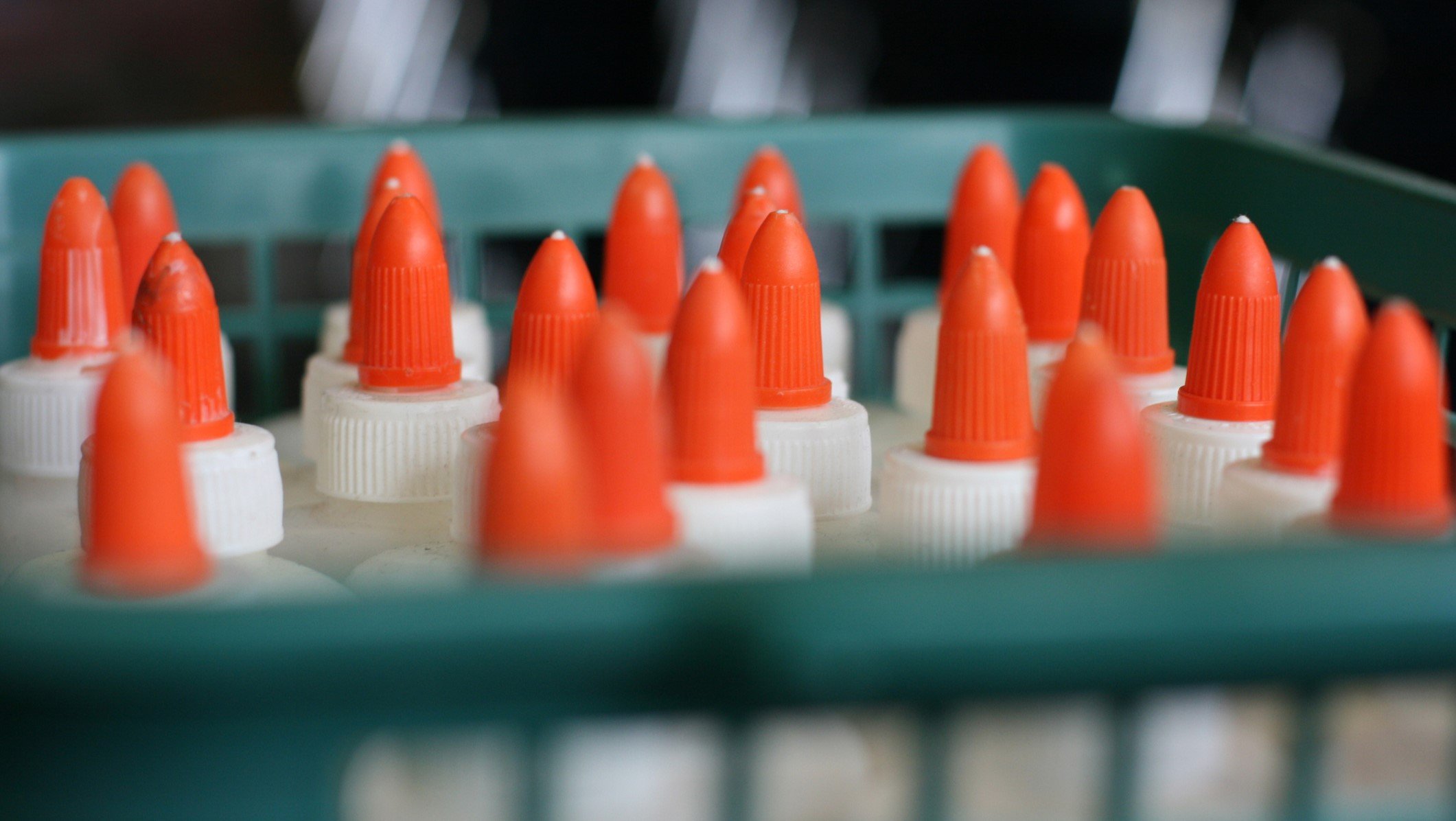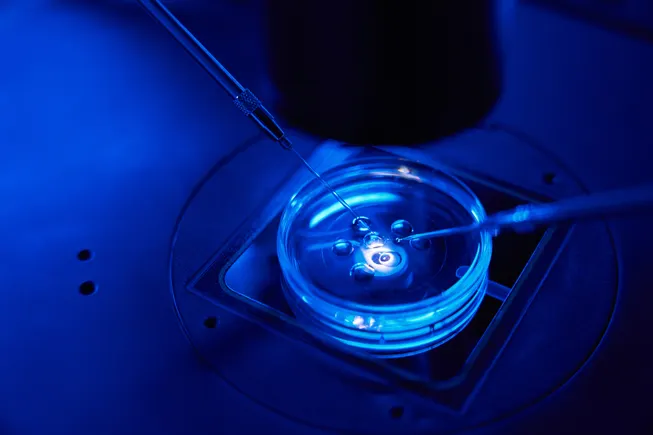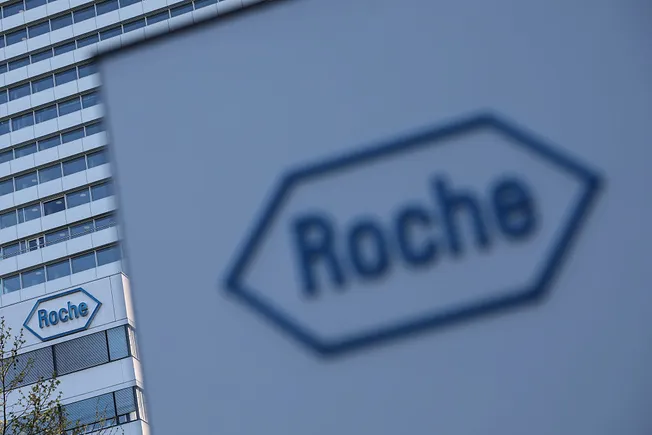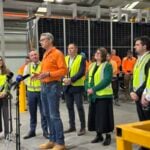Resorbable 3D‐Printed Osteosynthetic Plates for Rib Fracture Repair
Advanced Healthcare Materials, EarlyView.

Continuous Liquid Interface Production (CLIP) VAT 3D printing is utilized to fabricate fumarate-based star copolyester and ceramic-loaded composite osteosynthetic plates. The osteosynthetic plates are fully resorbable, and hydroxyapatite incorporation introduces osteoconductive activity and improved mechanical performance compared to the copolyester plates alone. Rib fixation with 3D printed composite plates in a rabbit model leads to improved callus formation and fracture healing.
Abstract
Rib fractures are common among blunt chest trauma patients and are a hallmark of severe thoracic injury with high morbidity and mortality rates. The standard treatment of most rib fracture cases is limited to pain control and respiratory support, with the surgical stabilization of rib fractures (SSRF) using titanium plates reserved for severely injured patients. Although SSRF has been shown to improve long-term patient outcomes, its expanded use has been limited by the invasiveness of the procedure and a lack of safe and effective resorbable fixation materials. While resorbable metal and polymeric plates have each been used in the clinic, many failures have been reported and challenges remain to control the mechanical properties of the plate during the degradation process. The 3D printing of resorbable, fumarate-based copolyester-hydroxyapatite (HAp) composite osteosynthetic plates for use in SSRF is presented, and assess their efficacy in vivo in a rabbit rib fracture model. Compared to rigid titanium fixation plates, ribs fixed with 3D printed composite plates elicit fracture calluses with decreased inflammatory response, enhanced osseointegration, and bone morphometry at 2- and 4-weeks post-fracture comparable to clinically used titanium plates.
















































































































































